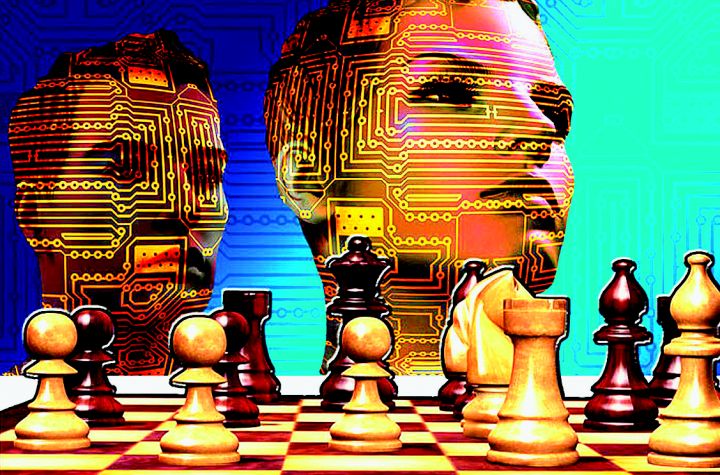


ChessBase 17 - Mega package - Edition 2024
It is the program of choice for anyone who loves the game and wants to know more about it. Start your personal success story with ChessBase and enjoy the game even more.
The wave of neural network engines that AlphaZero inspired have impacted chess preparation, opening theory, and middlegame concepts. We can see this impact most clearly at the elite level because top grandmasters prepare openings and get ideas by working with modern engines. For instance, Carlsen cited AlphaZero as a source of inspiration for his remarkable play in 2019.
Neural network engines like AlphaZero learn from experience by developing patterns through numerous games against itself (known as self-play reinforcement learning) and understanding which ideas work well in different types of positions. This pattern recognition ability suggests that they are especially strong in openings and strategic middlegames where long-term factors must be assessed accurately. In these areas of chess, their experience allows them to steer the game towards positions that provide relatively high probabilities of winning.
A table of four selected engines is provided below.
Chess Engines
|
Engine |
Type |
Description |
|
Stockfish 8 |
Classical |
Relies on hard-wired rules and brute-force calculation of variations. |
|
AlphaZero |
Neural network |
DeepMind’s revolutionary AI engine used self-play reinforcement learning to train a neural network. |
|
Leela Chess Zero (Lc0) |
Neural network |
Launched in 2018 as an open-source project to follow the footsteps of AlphaZero. |
|
Stockfish 12 (and newer versions) |
Hybrid |
Utilizes classical searching algorithms as well as a neural network. |
The hybrid Stockfish engine aims to get the best of both types of AI: the calculation speed of classical engines and the strategic understanding of neural networks. Practice has shown that this approach is a very effective one because it consistently evaluates all types of positions accurately, from strategic middlegames to messy complications.
These two articles introduce a few concepts that the newer (i.e., neural network and hybrid) engines have influenced. Please note that the game annotations are based on work I did for my book, The AI Revolution in Chess, where I analyzed the impact of AI engines.
Clash of Styles
One of the biggest differences in understanding between older and newer engines can be found in strategic middlegames which involve long-term improvements by one side. As shown in many of the AlphaZero – Stockfish games, the older engines sometimes fail to see dangers due to their limited foresight. Relying solely on move-by-move calculation is not always enough to solve problems against the strongest opponents. This is because neural network engines excel at slowly building up pressure, making small improvements to optimize their winning chances, before gradually preparing the decisive breakthrough.
In the following game, the older engines believe that the opening outcome is quite satisfactory for Black, while the newer ones strongly disagree. Grischuk sides with the opinion of the neural network engines and understands that White’s long-term initiative is both practically and objectively extremely difficult for Black to handle.
Opening Developments
Perhaps the most popularized idea of the neural network engines is the h-pawn advance, where White pushes h4-h5-h6 (or Black pushes …h5-h4-h3) to cramp the opponent’s kingside by taking away some key squares. The idea itself is not at all new, but the newer engines have a much greater appreciation for it than the older ones. This has led to many new ideas in openings such as the Grunfeld, where the fianchettoed bishop on g7 can be targeted by an h-pawn attack. Tying back to the theme of long-term improvements, neural network engines understand the problems that it creates for the opponent in the long run.
Our next game surveys a cutting-edge approach against the Grunfeld. Its sharp rise in popularity from 2019 onwards coincides with the widespread use of neural network engines at the top level.
The clash of chess styles between classical and neural network AI is fascinating to analyze. Many examples on this topic can be found in the famous AlphaZero – Stockfish games and in openings where the engines disagree on the evaluation, such as the Grischuk – Nakamura game. Their disagreement has led to major advancements in all popular openings, as old lines are revised, and new lines supported by modern engines are introduced into high-level practice.
Part 2 will examine another AI-inspired opening and the modern battle between two players armed with ideas from neural network engines.